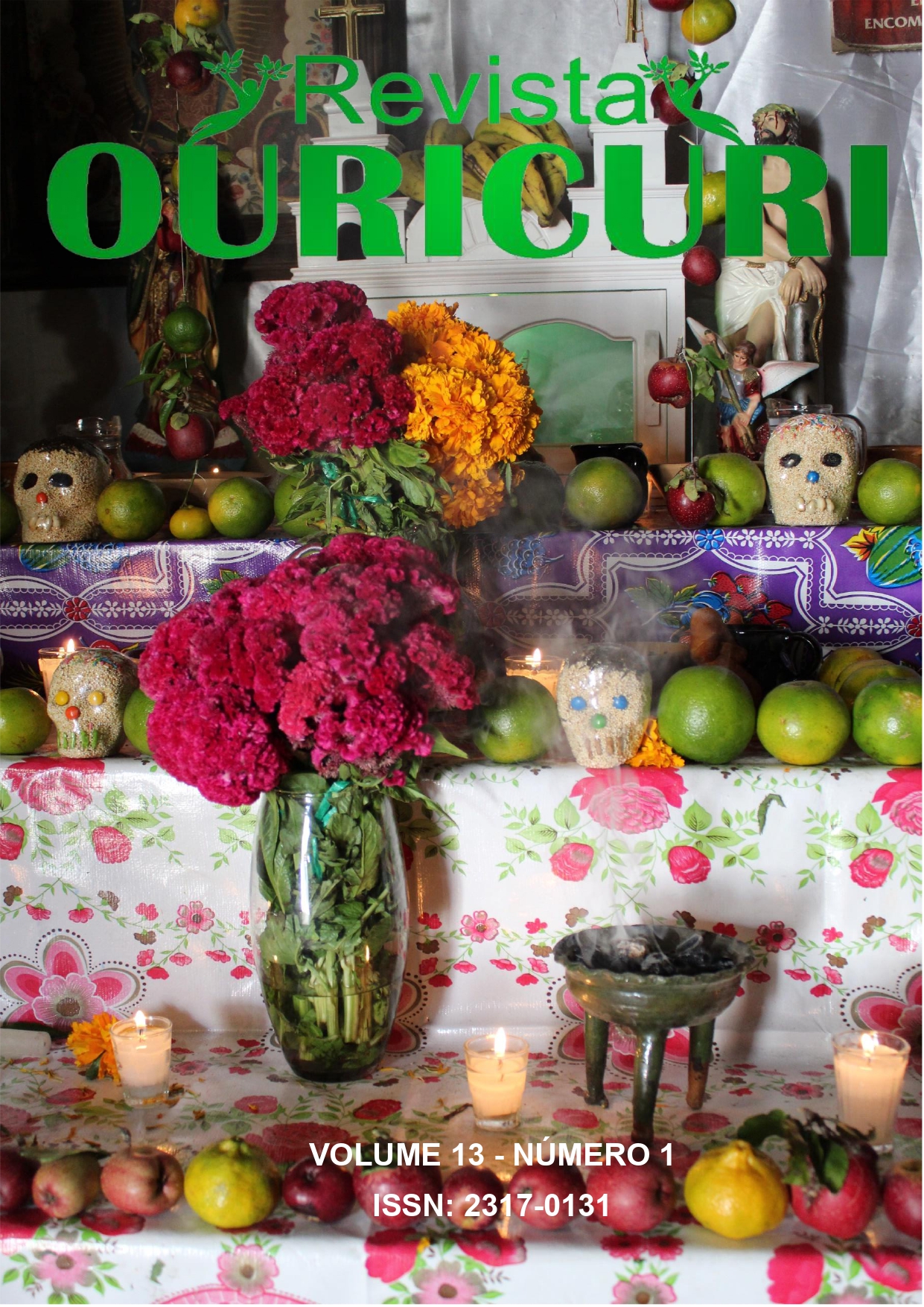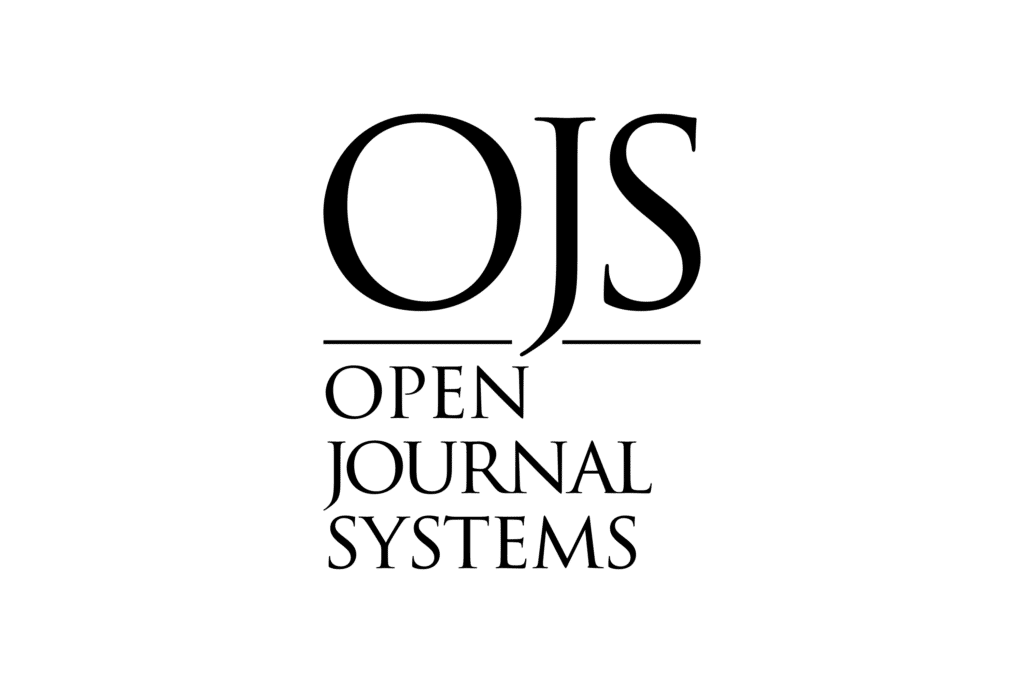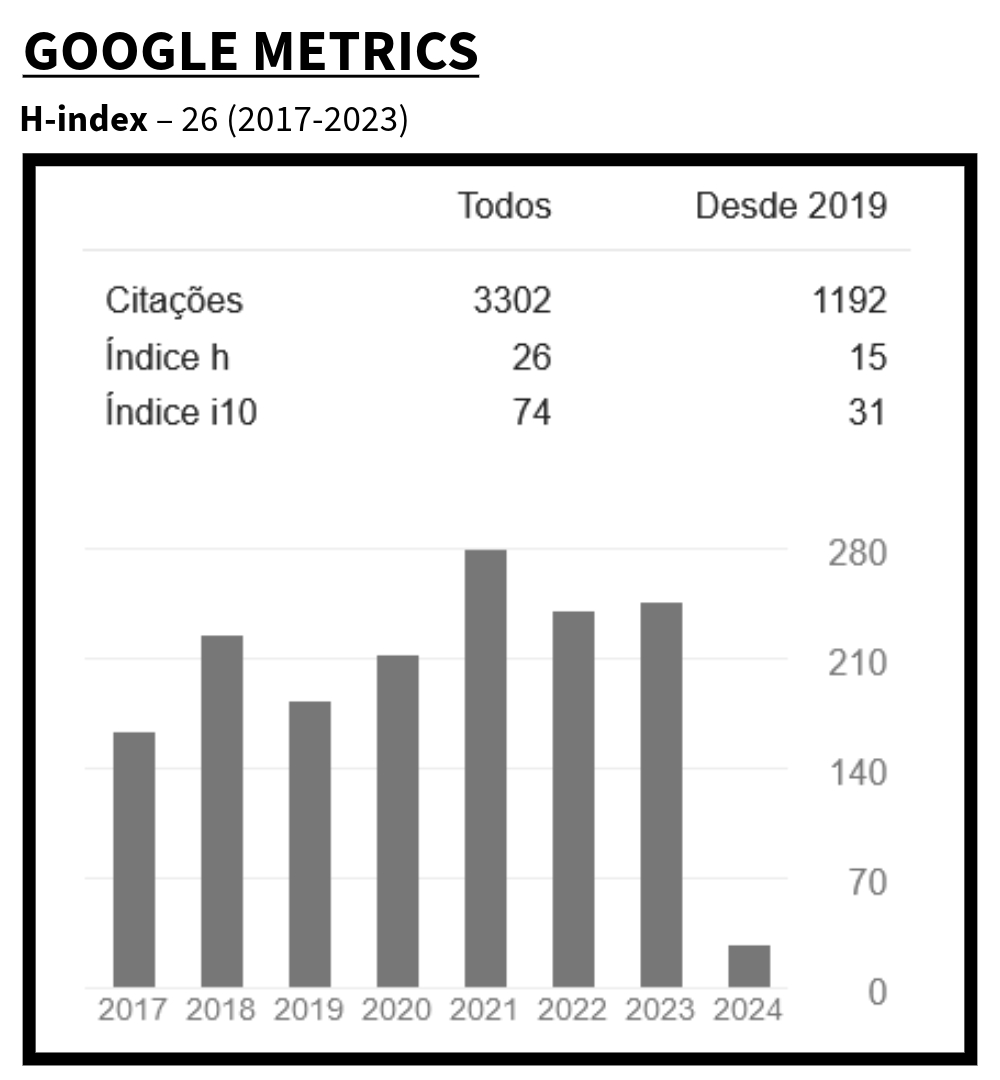MONOCOTILEDÔNEAS MEDICINAIS NATIVAS DA MATA ATLÂNTICA E DE ECOSSISTEMAS COSTEIROS
ANÁLISE DE COLEÇÕES CIENTÍFICAS E DADOS DA LITERATURA
DOI:
https://doi.org/10.59360/ouricuri.vol13.i1.a16356Keywords:
Botânica, Etnobotânica, Uso Medicinal, Plantas MedicinaisAbstract
Brazil is the country with the greatest biological diversity on the planet, however most of the medicinal plants known and used commercially are exotic and/or cultivated. Studies on native medicinal plants are essential for the conservation of these species and the traditional knowledge associated with their use. This study aims to systematize information available in the literature on native plants occurring in the State of Alagoas. We chose the collection records referring to the municipality of Marechal Deodoro due to its large area covered by natural ecosystems, including restingas, board forests, floodplains and lagoons. For initial data collection, we used the database of scientific collections available at speciesLink (https://specieslink.net/). With the initial list of monocotyledons registered in the municipality, a Google Scholar search was carried out with the term “medicinal use” for each specie. A total of 130 species of monocotyledons, distributed in 10 families, were surveyed. The families with the highest number of species were Cyperaceae (64), Poaceae (22), Orchidaceae (19), Araceae (11), and Xyridaceae (5). A total of 51 species (39%) occurring in the study area had at least one citation in the literature for popular medicinal use, phytochemical characterization of their extracts, in vitro activity research or in vivo activity research. These species belong to eight botanical families. There was a greater number of species mentioned in the literature in the families Poaceae, Cyperaceae, Orchidaceae, which were also the three families with the greatest diversity of species collected in the area. Species from two families that occur in the area (Alismataceae and Alstroemeriaceae) had no record of “medicinal use” with the search criteria used. The results highlight the importance of local ecosystems as a shelter for medicinal plants and the need to plan sustainable management for some of these species that are the target of extractivism for medicinal purposes.
Downloads
References
Abat, J. K.; Kumar, S.; Mohanty, A. Ethnomedicinal, Phytichemical and Ethnopharmacological aspects of four medicinal plants of malvaceae used in Indian tradicional medicines: a review. Medicines, 4(75), 1-33, 2017.
Brasil. Política Nacional de Plantas Medicinais e Fitoterápicos. Brasília: Ministério da Saúde, 60p. 2006.
Carvalho, L. M.; Pires, C. S.; Santos, C. R.; Amorim, G. S. Arouche, M. M., Abreu, M. C.; Almeida junior, E. B. Potencial de uso de espécies vegetais de áreas de dunas em São Luíz, Maranhão, Brasil. Biodiversidade, 19(4), 186-204, 2020.
Castro, M. R.; FIGUEIREDO, F. F. Estudos e pesquisas sobre o uso de plantas medicinais e fitoterápicos no Brasil: caminhos e desafios. Revista Electronica de Recursos em Internet sobre Geografia y Ciências Sociales, 240, 1-20, 2020.
Castro, M. R.; Léda, P. H. Plantas Medicinais e Fitoterápicos: conhecimento tradicional e científico das espécies nativas do Brasil. REVISE-Revista Integrativa em Inovações Tecnológicas nas Ciências da Saúde, 11,191-209, 2023.
Dantas, J. I. M.; Silva, T. C. Qual o papel das espécies exóticas na farmacopeia local? Estudo de caso em uma comunidade rural do município de Canapi, Alagoas. Diversitas Journal 5(4), 2622-2631, 2020.
Duniau, M. C. M. Plantas medicinais: da magia à ciência. Rio de Janeiro: Brasport, 146p. 2003.
Hardy, K.; Buckley, E.; Collins, M. J.; Estalrich, A.; Copeland, D. B. l.; García- Tabernero, A.; García-Vargas, S.; Rasilla, M. L.; Lalueza-Fox, C.; Huguet, R.; Bastir, M.; Santamaría, D.; Madela, M.; Wilson, J.; Cortés Á, f.; Rosas, A. Neanderthal medics? Evidence for food, cooking, and medicinal plants entrapped in dental calculus. Naturwissenschaften, 99(8), 617-626, 2012.
Hoffmann, R.; Anjos, M. C. R. Construção histórica do uso de plantas medicinais e sua interferência na socialização do saber popular. Guaju, Matinhos, 4(2) 142-163, 2018., M.; Staub, P. O.; Cabras, S.; Castellanos, M. E.; Casu, L. From cumulative cultural transmission to evidence-based medicine: Evolution of medicinal plant knowledge in Southern Italy. Frontiers in Pharmacology, 6, 1-15, 2015.
Liu, L.; Zou, M.; Yin, Q.; Zhang, Z.; Zhang, X. Phenylpropanoids from Liparis nervosa and their in virtro antioxidante and α-glucosidase inhibitory activites, 30(4), 1005- 1010, 2021.
Mishra, S. K.; Ritika, G.; Animed A.; Abhimanyu K. J. A review on antidiabetic and antimicrobial activity of medicinal grasses of Poaceae Family. Internacional Journal of Medicine, 11(2), 9-18, 2021.
Oliveira, A. R. M.; Szczerbowski, D. Quinina: 470 anos de história, controvérsias e desenvolvimento. Quimica Nova, 32(7), 1971-1974, 2009.
Ronsted, N.; Symonds, M. R. E.; Birkholm, T.; Christensen, S. B.; Meerow, A. w.; Molander, M.; Molgaard, P.; Petersen, G.; Rasmussen, N.; Staden, J. V.; Stafford, G. I.; Jager, A. K. Can c. BMC Evolutionary Biology, 12(1), 24-29, 2012.
Shlash, S. A.; Hasnawi, N. M.; Neama, N. A. Activity of terpenoids of herbal medicinein the therapy of malária. Turkin Journal of Physiotherapy and rehabilitation, 32(3),16610-16618, 2022.
Silva, M. P.; Barros, R. F. M.; Moita Neto, J. M. Farmacopeia natural de comunidades rurais no estado do Piauí, Nordeste do Brasil. Desenvolvimento e Meio Ambiente, 33, 193-207, 2015.
Silva, A.; Boldrini, R.; Kuster, R. M. Os sumarés cicatrizantes da medicina tradicional brasileira, ou, as surpresas químicas ativas do desconhecido gênero Cyrtopodium (Orchidaceae). Natureza on line, 11(3), 152-154, 2013.
Williams, J. “Biodiversity Theme Report”. 2001. Disponível em: https://web.archive.org/web/20081208141905/http:/www. Acesso em: 17 de out. 2022.
Downloads
Published
How to Cite
Issue
Section
License
Copyright (c) 2023 Revista Ouricuri

This work is licensed under a Creative Commons Attribution-NonCommercial 4.0 International License.
Authors who publish in this journal agree to the following terms:
a) Authors maintain copyright and grant the magazine the right of first publication, with the work simultaneously licensed under the Creative Commons Attribution License which allows sharing of the work with recognition of authorship and initial publication in this magazine.
b) Authors are authorized to enter into additional contracts separately, for non-exclusive distribution of the version of the work published in this journal (e.g., publishing in an institutional repository or as a book chapter), with recognition of authorship and initial publication in this journal.
c) Authors are allowed and encouraged to publish and distribute their work online (e.g. in institutional repositories or on their personal page) as this can increase the impact and citation of the published work (See The Effect of Open Access).













 B1 (2017-2020)
B1 (2017-2020)



















